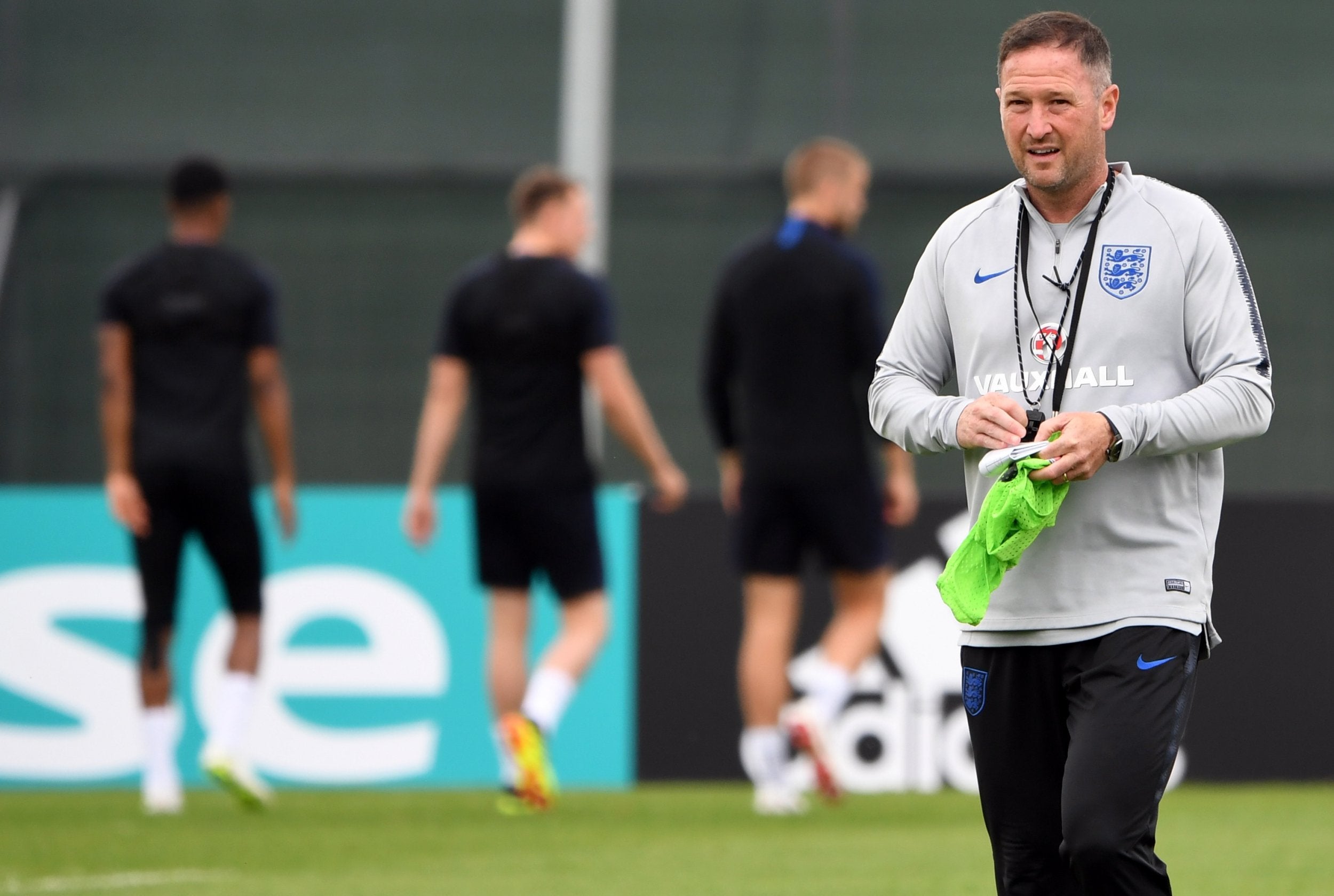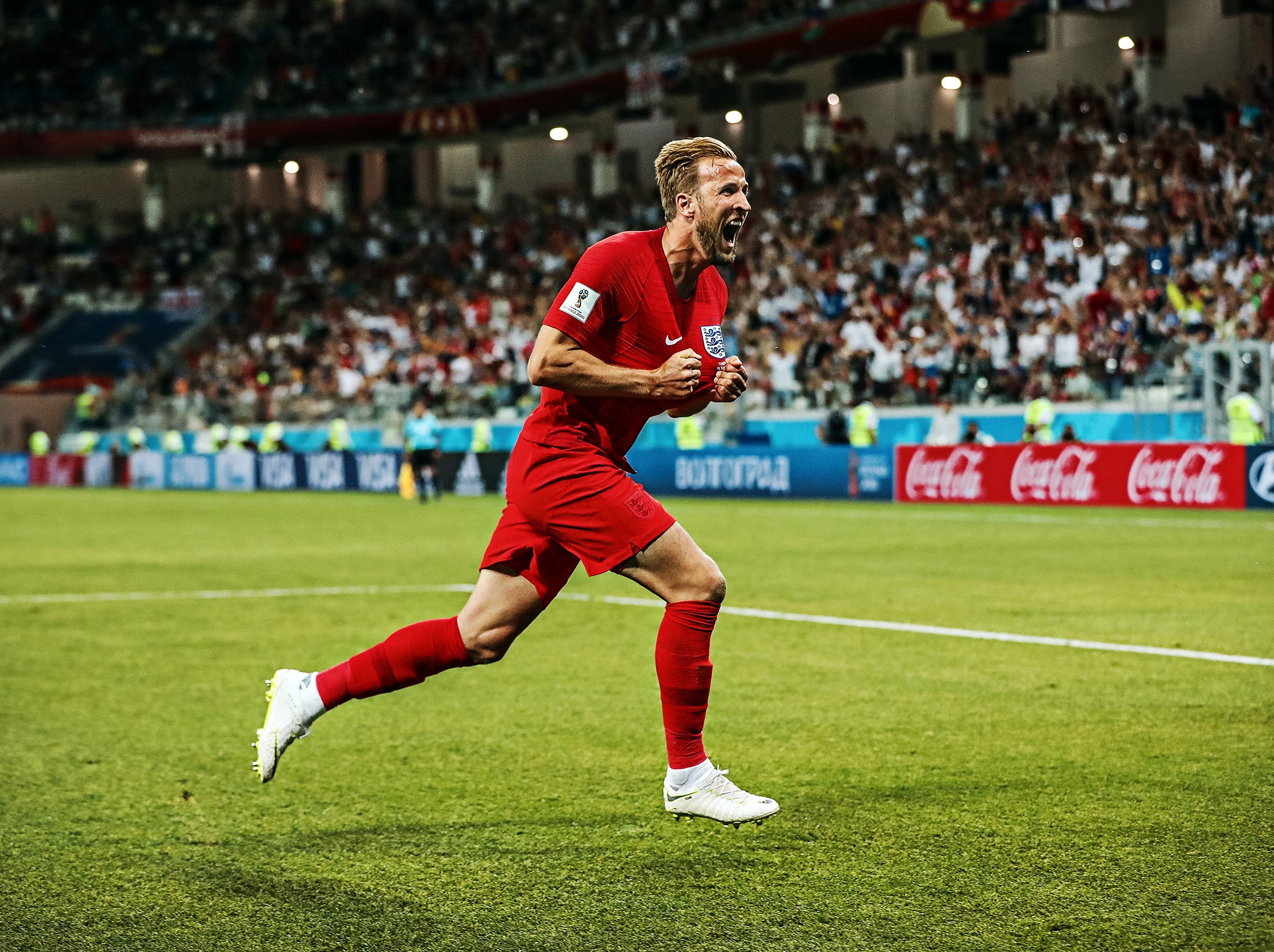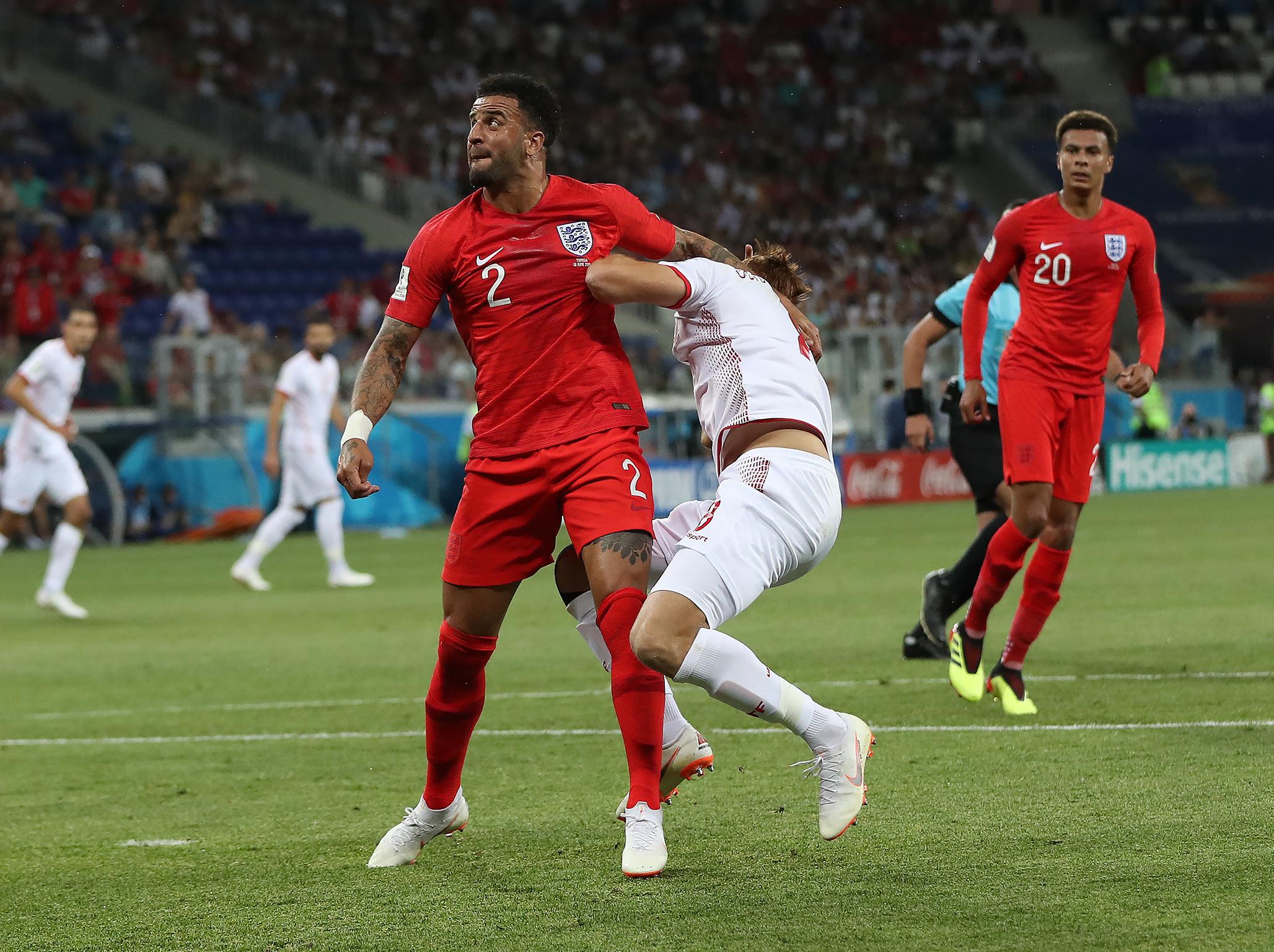Behind the scenes with Steve Holland: An inside look at the making of Gareth Southgate's World Cup team
Speaking ahead of Sunday's match against Panama, Holland explained in depth the thinking and decisions behind England's 3-5-2 system

Your support helps us to tell the story
From reproductive rights to climate change to Big Tech, The Independent is on the ground when the story is developing. Whether it's investigating the financials of Elon Musk's pro-Trump PAC or producing our latest documentary, 'The A Word', which shines a light on the American women fighting for reproductive rights, we know how important it is to parse out the facts from the messaging.
At such a critical moment in US history, we need reporters on the ground. Your donation allows us to keep sending journalists to speak to both sides of the story.
The Independent is trusted by Americans across the entire political spectrum. And unlike many other quality news outlets, we choose not to lock Americans out of our reporting and analysis with paywalls. We believe quality journalism should be available to everyone, paid for by those who can afford it.
Your support makes all the difference.“There is more than one way to skin a cat,” Steve Holland said. “If I’ve learned nothing else, I’ve learned that.”
England’s assistant manager was speaking here in Repino on Tuesday afternoon about the different approaches used by different managers he has worked with. And he explained in depth why he and Gareth Southgate skin the cat the way they do, the thinking and the decisions behind England’s 3-5-2 system, right down to the recent tactical switches: one defensive midfielder with two going forward, Kyle Walker on the right of the back three.
It was a rare insight into exactly how a team came to be the way it is. Step by step from when Southgate took over in September 2016, just three months after Iceland, right up to Monday night, when they opened their World Cup campaign with a 2-1 win over Tunisia in Volgograd.
And it was here in Russia, even further south than Volgograd, this time last year, that Southgate and Holland first conceived of their team playing the way they now do. They spent last June and July on tour, flying between Poland to watch the Under-21s, and Russia, watching the Confederations Cup and scouting out potential bases for the England team this summer.
At that point, there was not much of Southgate’s stamp on this England team. He had tweaked the Euro 2016 4-3-3 for a 4-2-3-1, hoping to get more support up for Harry Kane, but did not want to change too much with qualifiers to win. “It wasn't a time for revolution,” Holland said. “It was a time for making decisions in the short term.”
But that summer, culminating in one decisive dinner in Sochi, Southgate and Holland went back to first principles. What sort of football did they want England to play?
“The process was: what gives us the best chance of not conceding many goals? And what gives us the best chance of having more control of the game with the ball? They were the two factors really, given the type of players that we had.”
Southgate and Holland had seen Germany, Portugal, Mexico and Chile all play in the Confederations Cup. They thought about how their England side would fare against them one year on, and didn’t think that the 4-3-3 or 4-2-3-1 would stand up to scrutiny. They needed more security in defence, more possession, and more support for Harry Kane. “That decision was with and without the ball,” Holland said. “We felt we would be better with and without the ball with a back three.”
So for England’s final qualifier in Vilnius they experimented again with the back three and for the November friendlies, against Germany and Brazil, the change began in earnest. Even if that meant dropping Chris Smalling because he was not as good at playing out from the back.
“Once we were going down that road, that meant that to fit one of those three positions, you had to be a certain profile of player,” Holland said. “It’s been documented in the media, some players maybe are, some players maybe aren’t. But we were very clear that being able to handle the ball to a good level is one of those criteria.”

The next decision was whether to stick with the more conventional 3-4-3 shape. That was how Chelsea won the Premier League in 2016-17, with Holland assisting Antonio Conte. And what England had tried when they lost 1-0 in Dortmund in March 2017.
But when England went back to the back three permanently eight months later, they did not go to 3-4-3, but a 3-5-2, losing the wide forwards to add an extra midfielder, so they could use a more creative man with two holders.
“The next stage of it was, what best suited the midfield balance? We then felt three [midfielders] rather than two, given the profile of players we have. Three [midfielders] brings a [Jesse] Lingard, a Dele Alli, an [Adam] Lallana, who unfortunately we couldn’t have but was England’s player of the year last year. If we play with two, it’s much more difficult for that kind of player to play that role, the responsibility becomes more to provide structure and balance to the team.”
And the 3-5-2 allows two central strikers, as Kane and Raheem Sterling now show. “We have good forwards,” Holland said. “If we play 4-3-3 or 4-2-1-3 we can only play one of them. We play two, we can get two on the pitch, and also refresh the two more who are probably just as good. So three [centre-backs], we thought was a good decision, three [in midfield] is better than two, and two [centre forwards] is probably better than one, given the profile of players we have.”

But in those two November friendlies, England played with two holding - Eric Dier and Jake Livermore - with Ruben Loftus-Cheek further forward. And the team was not dangerous enough. So the next progressive move was to flip the triangle: one sitting midfielder and two attacking instead.
“You need to be productive with what you’re doing,” Holland said. “Certainly in qualification our team looked stable, but didn’t look exciting, didn’t create a lot of chances and didn’t score a lot of goals. So how could we take that to another level, and retain that stability? We didn’t concede a lot of goals, and we didn’t want to lose that, but to add the next bit.”
For the friendlies this March, the midfield was re-shaped. “Holland was the first time you would have seen two offensive 8s, Lingard and Alex Oxlade-Chamberlain, and that worked well, and that continued into the Italy game. Nigeria was the first time we tried Dele there, obviously we watched him a lot, the Nigeria game particularly in the first half, the balance of him running forwards, the positions Jesse was taking up, and Raheem dropping short, that looked, that created problems for our opponent.”
So the shape was finally in place, a 3-5-2 with one holding midfielder and two attacking, rather than the other way round. The final tweak also came in Holland in March, using Kyle Walker on the right of the back three, rather than at wing-back, to give Kieran Trippier more cover to attack, and to help England defend against the counter-attack on that side.

Holland pointed it was less different from Walker’s Manchester City role than some realise. “Kyle hasn’t played this year like he played for Tottenham in the previous three years, nothing like the same role,” he said. “With their left-back, usually Fabian Delph, playing inside, and Leroy Sane playing open and wide on the left, Kyle has almost played as a third centre-back. He hasn't spent all of his time 30-40 metres down the touchline. He's been more controlling counter-attacks.”
Just like he did in Volgograd on Monday. “He's very, very quick and on more than one occasion against Tunisia the opposition smelled a counter-attack and Kyle gives you tremendous security there. I'm really not sure whether we're arguing about 20 metres here or there, we're not asking him to play behind the forward. He's more or less playing where he has for his club all year and been a champion.”
So there it is, the England system that started the World Cup and will surely continue. Southgate and Holland are proud of it, as opponents continue to try to work it out. “What I think is interesting is in our last four matches, the opposition has changed three times at half-time to cope with us,” Holland said. “Holland changed at half-time and actually changed again in the second half. Nigeria changed at half-time. And there was a change on Monday night at half-time. That’s usually a good sign if the opponent is having a problem coping with what we’re trying to do.”
Join our commenting forum
Join thought-provoking conversations, follow other Independent readers and see their replies
Comments